
OnePlus 13R
OnePlus started, and arguably defined, the idea of the flagship-killer smartphone. The idea that you could get very close to the form and function of top-of-the-line smartphones but with a notable discount has become more prevalent as pricing becomes more variable and the gap between mid-range and high-end functionality lessens.
Yet the OnePlus 13R is a quintessential flagship killer from the mother of the genre. Its price ($599 for the 12 GB RAM / 256 GB Storage) is in that curious no-mans-land between the iPhone SE and Pixel 8a smartphones of the world. The specs are going to deliver more than enough power and performance for the average user, and it looks the part with a cutting-edge design
It also has some subtle downgrades and choices to reach that target price.
OnePlus 13R
OnePlus 13R Specs
The OnePlus 13R design is a striking mix of utilitarian flat surfaces. The corners are curved to help grip, but the flat screen with minimal bezels helps the screen stand out and gives the phone a sense of purpose. That might not be enough to let you recognise the 13R from a distance, but one element does… the three-way alert slider that gives you a choice of silent/vibrate/on, which can all be done by touch.
Just a few moments with the OnePlus 13R and it felt like a OnePlus. That intangible moment takes years to create across multiple phones, and it’s easily lost.
OnePlus 13R
The display is the key part of the package and lifts the feel of the handset. It eschews the recent trend for curved screens by going for a completely flat look—and I’m perfectly happy with that choice. It also has a variable refresh rate from 1Hz to 120Hz, and OnePlus’ Aqua Touch allows for touch operations in the wet, and a glove mode enables the phone to pick up inputs as long as the glove’s material is not too deep.
Like previous R models, the chipset is the prior year’s premium choice. So, the OnePlus 13R comes with Qualcomm’s Snapdragon 8 Gen 3. The demands on a smartphone—perhaps excepting on-device generative AI—have not changed significantly over the last year, so last year’s powerhouse still delivers.
If you want more powerful options, then you should look at the OnePlus 13, which offers the latest technology.
OnePlus 13R
OnePlus Battery Life
Just as the OnePlus 13 delivered a class-leading battery that would comfortably exceed two days of regular use, so does the OnePlus 13R, which offers a similarly impressive number in the £700 range. Battery life is a touch longer than last year’s OnePlus 12R, and you will get a comfortable day of use out of the handset. Two days of general use is too much for the device, so I can see this as a regular ‘charge every night’ device.
The larger battery, coupled with just 80W in the fast charger, means the empty to 100 percent time is longer than most, with 45 minutes being the best I saw. This is if you use the SuperVOOC wired charger, which is an additional purchase—OnePlus does not ship the phone with a charger, just the signature red USB-C cable.
Unfortunately, the 13R does not support wireless charging. Given the svelte construction and the larger battery, there may not be the internal volume to accommodate everything. For a long time, OnePlus put off adding wireless charging, noting that with a fast-charging battery, the need for wireless charging diminished. I guess the internal prioirty of faster wired over wireless is still in effect.
OnePlus 13R
OnePlus 13R Camera
I think that OnePlus has over-extended what it can deliver with the camera. I’d argue that the three-lens arrangement has one lens too many.
The primary lens is the only lens with optical and electronic stabilization to help capture crisp and clear shots. That’s a massive help in low-light environments, so you’ll lean into the default lens for most of your work.
Thankfully, the macro lens found on the OnePlus 12R has been replaced with an x2 telephoto camera. It’s not a tremendous amount of magnification, but it’s more welcome and valuable than a lens for super close-up work.
While the primary and telephoto lenses have 50-megapixel sensors, the wide-angle lens comes in at just 8 megapixels. The lack of physical pixels means there is a lot more post-processing going on here, and once you start to edit your own, the lack of original detail becomes apparent.
Given how close the primary and telephoto lens quality is, I wonder if dropping the third lens and investing the savings into what would be a two-lens system would have been a better choice. Smartphone design is about making choices, which is a rather fundamental choice at the heart of the system.
OnePlus 13R
OnePlus 13R OS And AI
The OnePlus 13R uses OxygenOS 15, which is OnePlus’ flavor of Android 15. With four years of software support and six years of security updates, the 13R offers a solid window of support for the price. OxygenOS remains a clean implementation of Android with little added by OnePlus to Google’s standard package.
It’s also functionally identical to the software running on the OnePlus 13. You get the latest Gemini AI tools from Google, alongside OnePlus’s own AI software; its generative editing tools are most noticeable when working with your photos.
OnePlus 13R
OnePlus 13R Final Thoughts
The OnePlus 13R has some clear weak spots. The camera doesn’t have the optical zoom or the accuracy of other handsets at a similar price, and the lack of wireless charging is disappointing.
Yet the OnePlus 13R is more than those choices. It’s a well-rounded device that is a cut above the mid-range smartphones that get a lot of attention. It’s closer in price to the iPhone 16 and the Galaxy S24 FE, while the specs are closer to their larger brethren. And the endurance you get from the battery is a huge selling point.
The OnePlus 13R isn’t really a mid-range smartphone. When mid-range customers look for something “a little bit more”, they don’t want to step up to an expensive premium device. They need something that’s close in specs, offers more potential than the average smartphone, and has a little bit of class around it.
There should be a name for that. Oh wait, there is.
The OnePlus 13R… the flagship killer.
Disclaimer: OnePlus supplied a OnePlus 13R for review purposes.

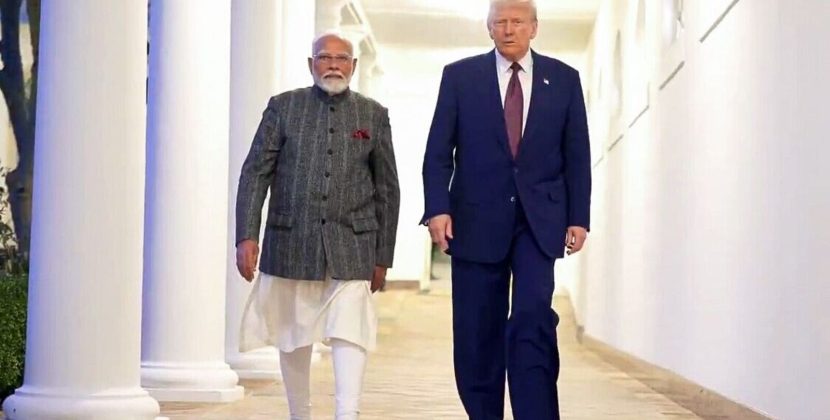






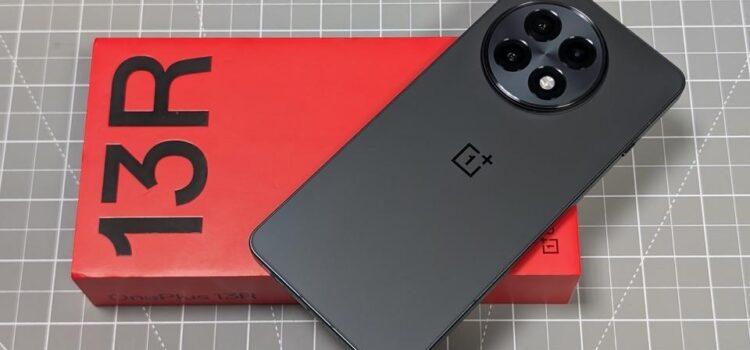
![Oppo teases OnePlus Open 2’s thin design [Gallery] Oppo teases OnePlus Open 2’s thin design [Gallery]](https://aksharmedianetwork.com/wp-content/uploads/2025/01/Oppo-teases-OnePlus-Open-2s-thin-design-Gallery-750x350.jpg)

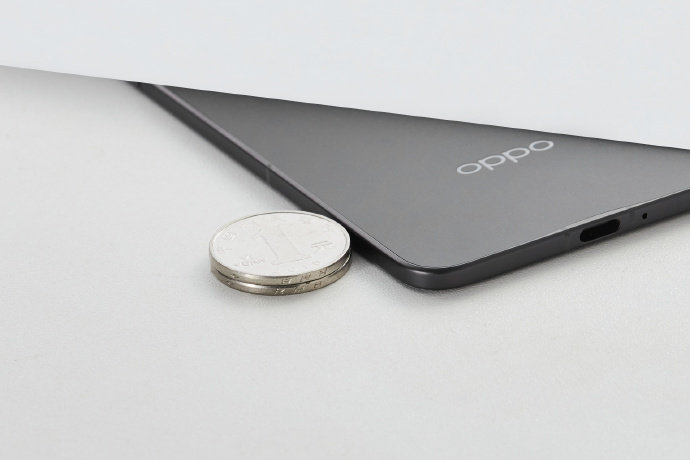
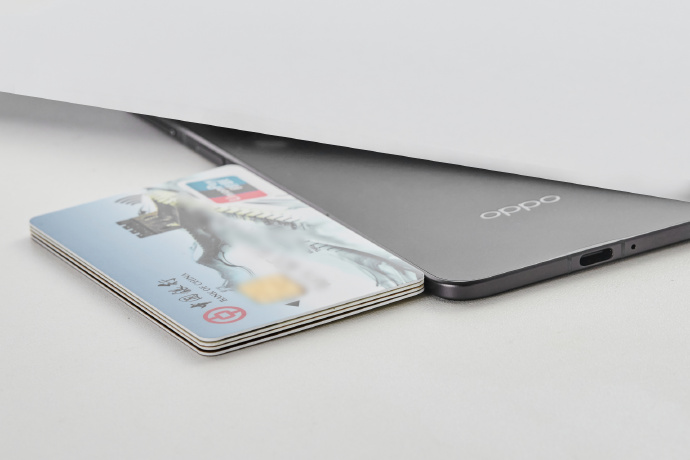
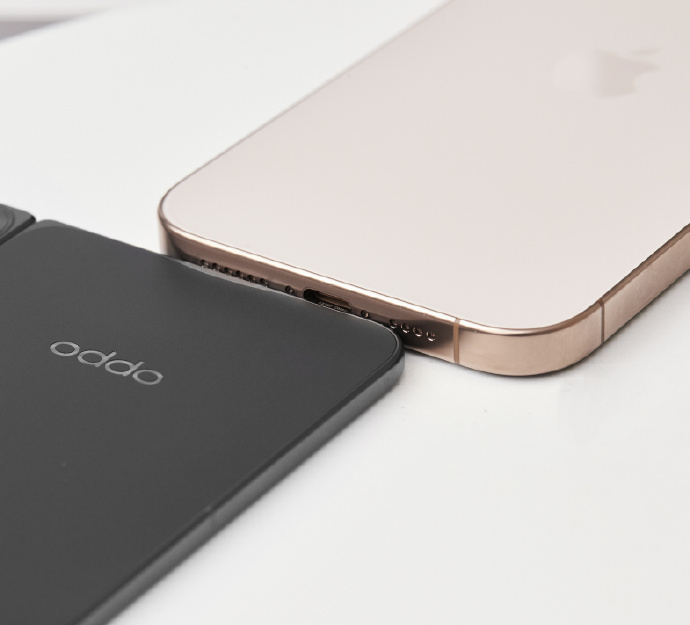
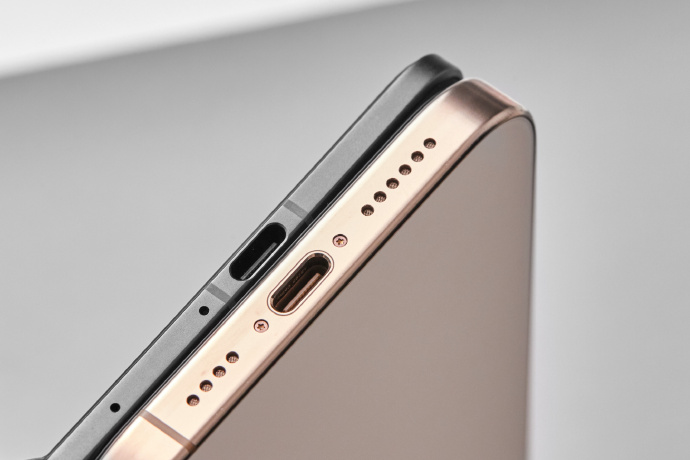
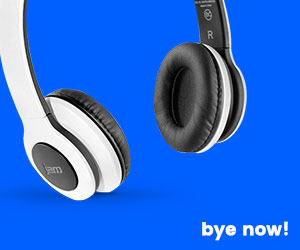
Comments